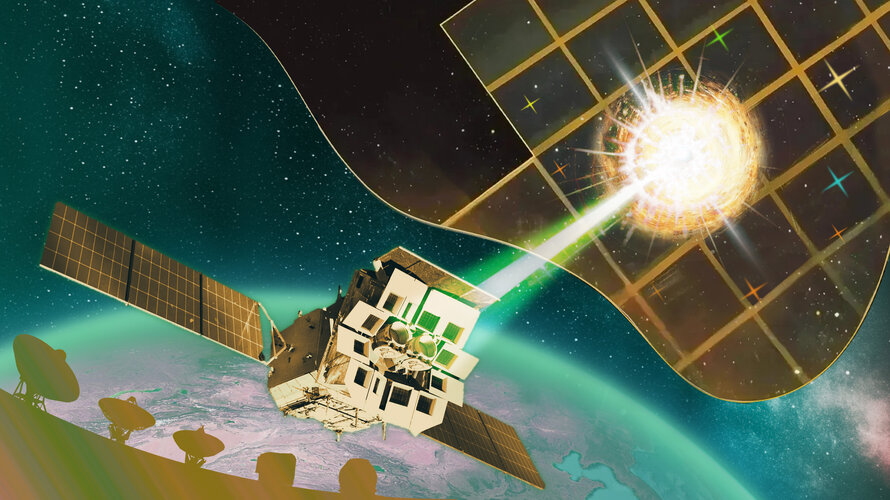Rethink our ideas of gamma-ray bursts
Usually, the X-rays are observed to precede the gamma rays by a few tens of seconds, but EP240315a was seen more than six minutes (372 seconds) before GRB 240315C. “Such a long delay has never been previously observed,” says Hui Sun, a team member from the Einstein Probe Science Center at the NAO, CAS.
Combine this with the unexpectedly long duration of the X-rays and it could be telling us that we do not understand how GRBs explode as well as we thought.
“This tells us something really new and maybe we have to rethink the models we have for gamma-ray bursts,” says Weimin Yuan, NAO, CAS Einstein Probe Principal Investigator.
Time and more data will help. Although past missions have been able to detect soft X-rays, Einstein Probe’s superior sensitivity and field of view really opens this window. “This is just the starting point and really demonstrates the potential of Einstein Probe to detect cosmic explosions from the early Universe,” says Weimin.
“As soon as we opened the eyes of Einstein Probe to the sky, it found interesting new phenomena. That's pretty good and should mean that there are a lot more interesting discoveries to come,” says Erik Kuulkers, ESA Einstein Probe Project Scientist.



